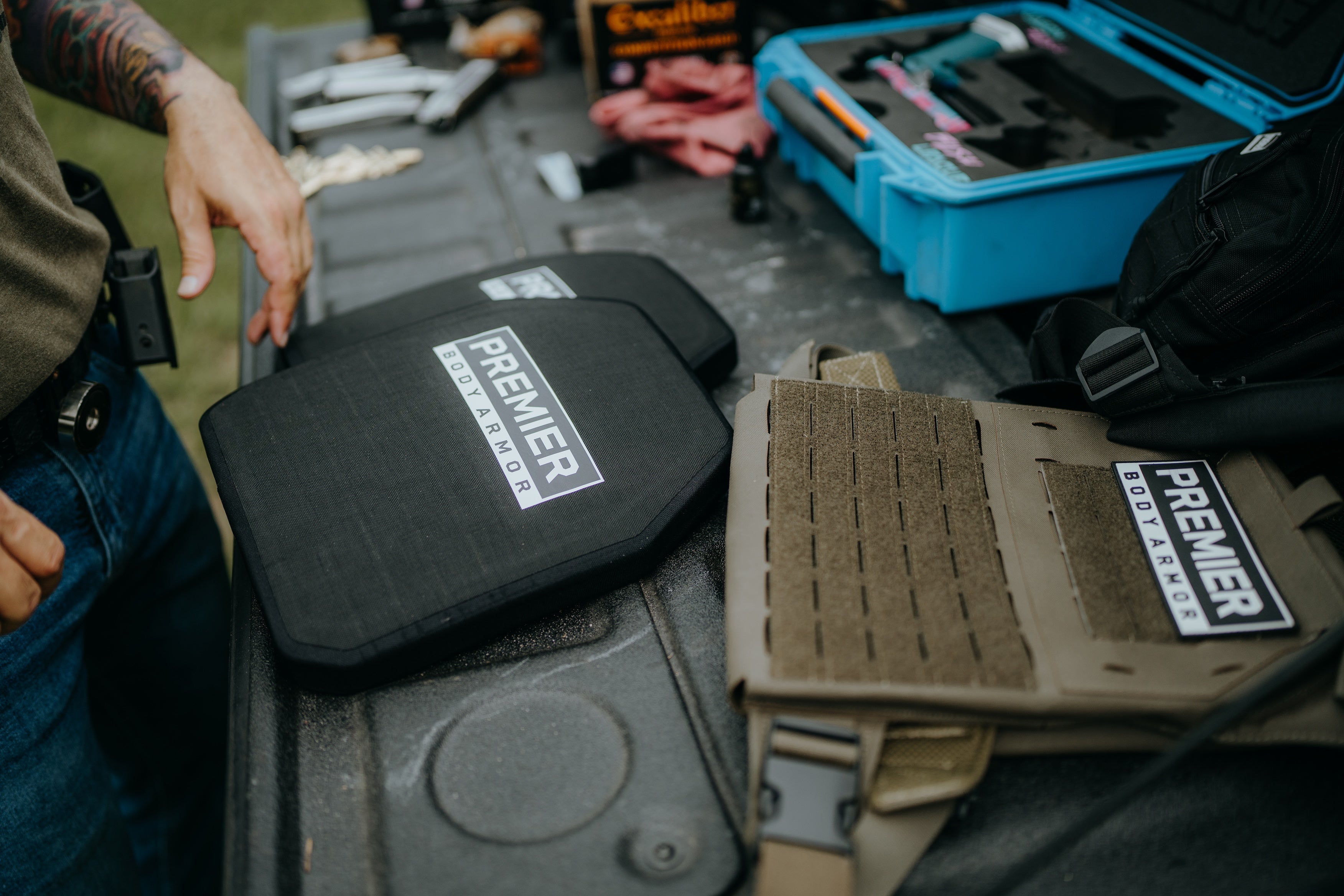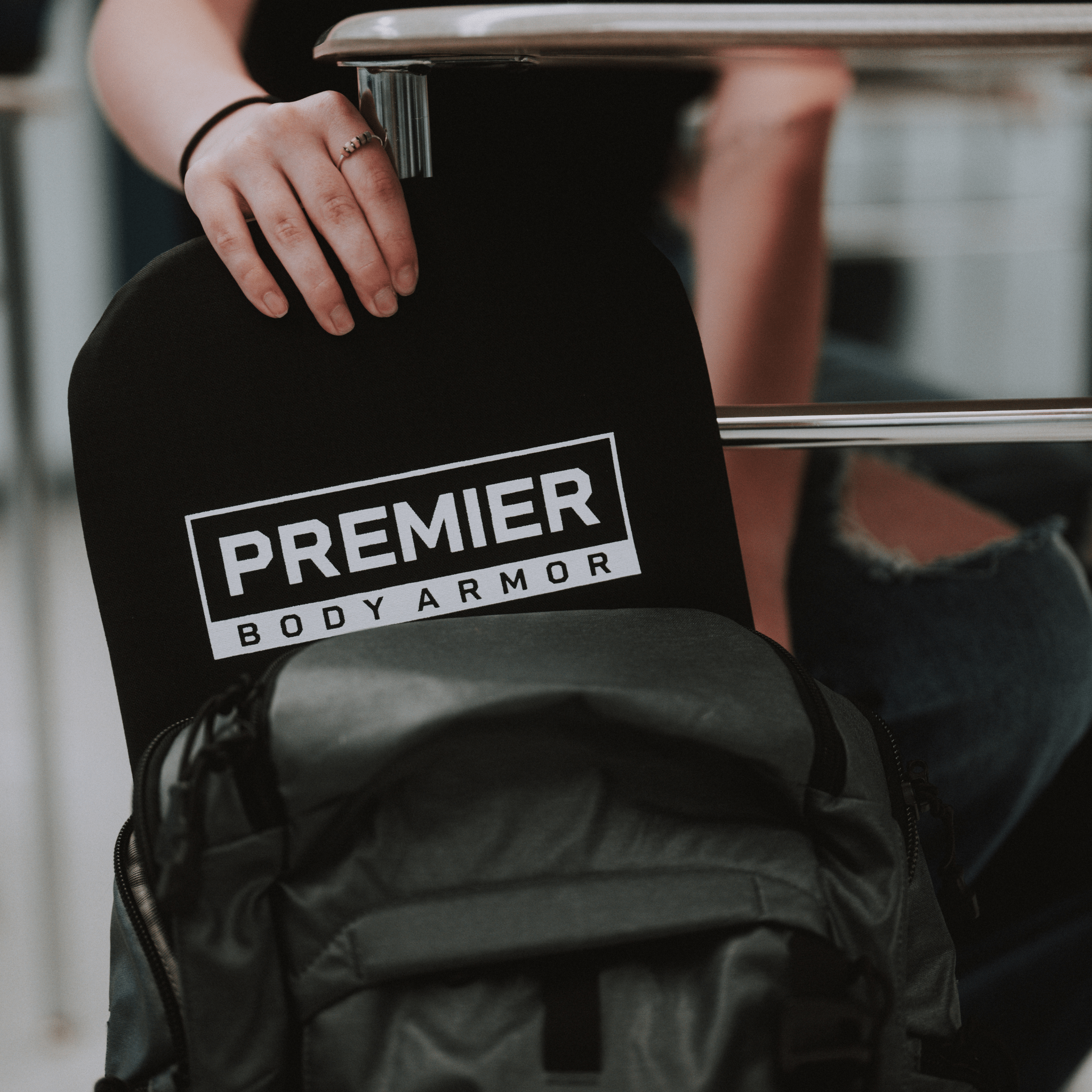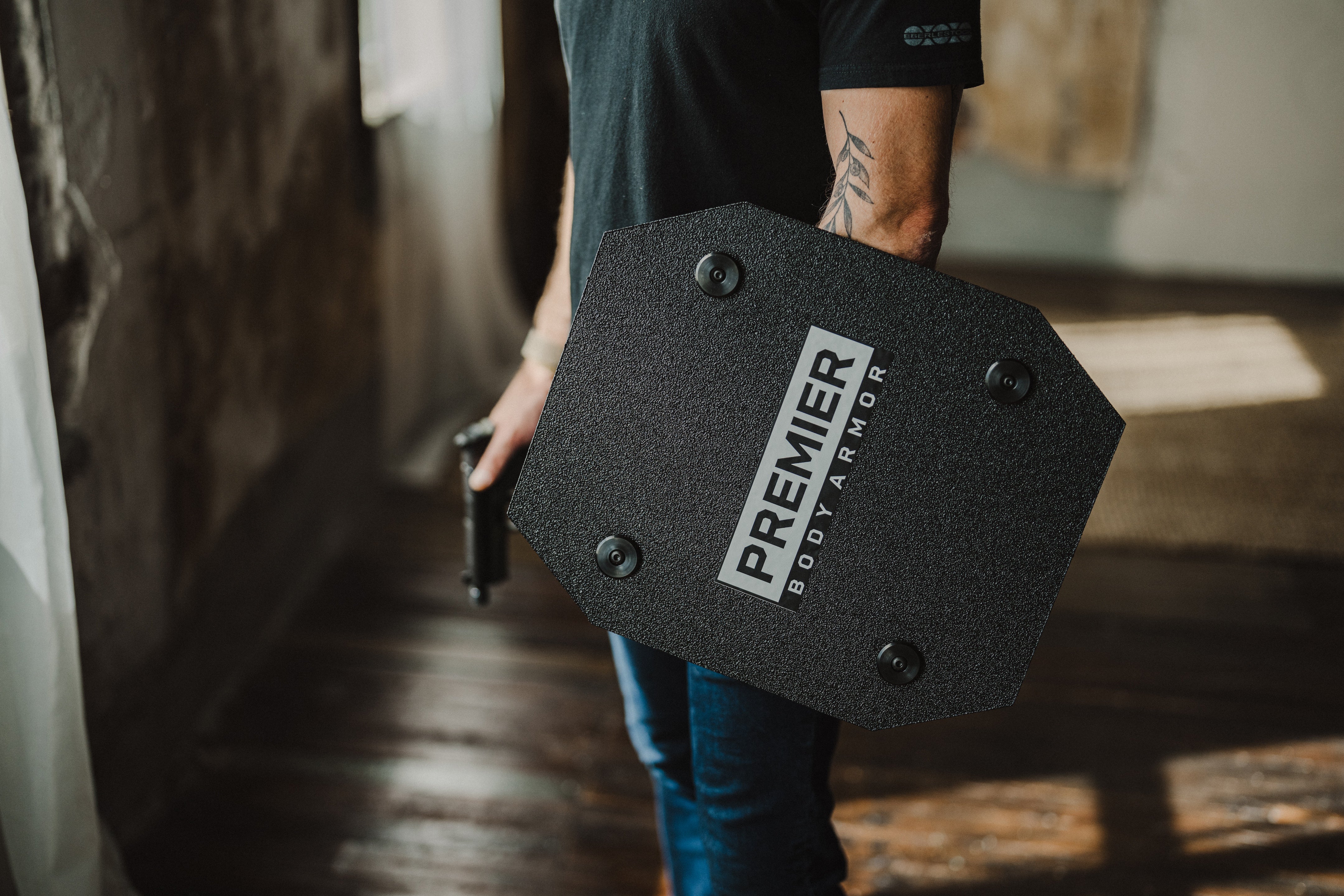Homemade Body Armor - Why DIY Bulletproofing is Dangerous
Crafting homemade body armor might seem like a smart DIY project, but when it comes to real ballistic protection, guesswork can be deadly. True body armor is engineered, lab‑tested, and certified by the National Institute of Justice (NIJ) to stop specific threats at precise velocities.
Garage builds skip that entire process, leaving you with unpredictable protection and hidden dangers such as spall, back‑face trauma, and catastrophic plate failure. In this guide, we’ll cover why homemade solutions fall short, explain the NIJ protection levels, examine common DIY materials and their flaws, and show you reliable alternatives built to keep you alive.
Why You Should Avoid DIY Bulletproof Vests
Learning how to make body armor from online tutorials may seem like a cost-saving strategy, but it’s rarely a safe one. Real body armor is tested in accredited labs under strict NIJ protocols, measuring not just whether a round penetrates, but how much blunt trauma it causes, whether the plate survives multiple hits, and how it holds up to heat, cold, and moisture.
Homemade bulletproof armor skips all that. You can’t confirm:
-
Penetration resistance – Will a 9mm round blow straight through?
-
Back-face deformation – Will the force alone cause internal injuries?
-
Multi-hit durability – Will the plate survive a second impact?
-
Environmental exposure – Will it degrade in the trunk of your car?
Plus, the cost of materials, tools, trial-and-error, and safety equipment often totals $100–$300, what you’d spend on an entry-level certified soft armor panel. When your life is on the line, the DIY route just isn’t worth the gamble.
NIJ Protection Levels and Why Homemade Ballistic Vests are Unreliable
The National Institute of Justice (NIJ) sets the standard for ballistic protection through its 0101.06 and updated 0101.07 testing protocols. These tests classify body armor into Handgun (HG) and Rifle (RF) levels based on the type of round, speed, and energy. A certified Level HG2 vest, for example, must stop a .44 Magnum at 1,400 feet per second while keeping back-face deformation under 44mm.
A homemade bulletproof vest or homemade ballistic vest doesn’t go through any of these tests. Without NIJ certification, you have no idea if your gear can stop a threat or hold up to real-world conditions. You can't verify:
-
Exact threat protection – Is it built for 9mm, .357 SIG, or 5.56 NATO?
-
Consistency – Will it perform the same shot after shot?
-
Environmental resistance – Can it survive moisture, heat, or long-term wear?
Manufacturers who pass NIJ testing follow BA 9000 quality-control standards, tracking every material from fiber to finish. DIY builds skip that entirely. For more on certified armor materials, check out our guide: What Is Body Armor Made Of.
Common Materials Used for DIY Body Armor and Their Disadvantages
Most DIY body armor tutorials rely on three main materials: ceramic floor tile, fiberglass panels, and sheet steel. While these options may look rugged, they fail under real ballistic stress, especially without the backing layers, spall protection, and multi-hit engineering found in certified armor.
No matter how creative the bulletproof vest DIY project, these homemade setups can’t pass NIJ testing. Materials may shatter, crack, deform, or even redirect fragments back toward the wearer. In the next sections, we’ll break down the specific dangers of each material.
Check out our guide: What’s the Difference Between a Stab and a Bulletproof Vest? to understand how certified gear is tested against both stab and ballistic threats.
Body Armor Made of Ceramic Floor Tiles
Using ceramic floor tile to make a DIY armor plate may seem like a low-cost alternative to real body armor, but it comes with serious risks. True ceramic plates are made with engineered materials like alumina or silicon carbide, pressed and treated to break in a controlled pattern upon impact. Floor tile, on the other hand, is designed for foot traffic, not bullets.
Even if it stops one round, tile cracks unpredictably and turns into sharp debris inside your vest. Unlike certified armor, body armor DIY builds don’t include a ballistic backer to contain the fragments or reduce blunt force trauma. Plus, these improvised plates often weigh 8+ pounds and still fail under repeated fire. That’s a heavy gamble for unreliable protection.
Fiberglass Panels as a Part of DIY Bulletproof Armor
Fiberglass sheets are a common material in DIY bulletproof vest tutorials because their woven structure resembles Kevlar®. But when it comes to real ballistic protection, fiberglass has serious downsides. It delaminates on impact, sending small glass fibers into the air, and possibly into your lungs, eyes, or skin.
Even multiple layers struggle to stop handgun rounds and usually fall short of even NIJ Level IIA or HG1 performance. And if you're learning how to make a bulletproof vest, keep in mind that cutting fiberglass releases harmful dust and requires specialized protective gear.
Professional armor uses aramid or UHMWPE fibers, which are designed to absorb and disperse energy safely. Fiberglass simply wasn’t built for ballistics, and it shows when you test it.
Homemade Body Armor Made from Steel
Steel may seem like a natural choice for DIY bulletproof armor, but most off-the-shelf sheet metal isn’t rated for ballistics. Ballistic steel like AR500 or AR550 undergoes precise hardening and testing, something you won’t find at a home improvement store. Without the right alloy, thickness, and heat treatment, DIY steel plates can crack, bend, or crater on impact.
Even worse, steel creates dangerous spall - fragments of the bullet and plate that ricochet back toward the shooter. Certified armor uses proprietary coatings to contain this risk, but body armor DIY projects rarely do. Plus, steel plates are heavy, flat, and uncomfortable without professional shaping. What looks tough on paper can fail catastrophically in real-world use.
Is There Any Kind of Bulletproof Gear That is Safe to DIY? Short Answer - No
Whether it’s a DIY plate carrier, DIY ballistic shield, DIY armor plate, or a homemade DIY bulletproof shield, the reality is the same: none of these improvised builds offer verified protection. NIJ certification exists for a reason, because without it, there’s no way to know how gear will perform until it’s too late.
Homemade ballistic shields often rely on scrap metal or plastic, which can’t contain spall or withstand multiple hits. DIY carriers may shift or tear under stress, leaving vital areas exposed. And a DIY armor plate, even if it stops one shot, might fail on the next.
Worse, these projects can end up costing just as much as entry-level certified armor once you factor in materials, tools, and time. When your safety is on the line, it’s smarter, and often cheaper, to trust gear that’s been tested, rated, and proven to work.
Premier Body Armor - The Affordable, High-Quality Personal Protection Option
If you’re weighing the costs of DIY versus real protection, know that affordable body armor is already within reach, made in the USA, tested to NIJ standards, and ready to ship.
Premier Body Armor offers Level IIIA/HG2 soft armor starting at just $75 and rifle-rated Level III/IV plates from $79. We also offer lightweight backpack armor for students, commuters, and professionals, all backed by third-party ballistic testing and multi-year warranties.
Add up the costs of fiberglass sheets, power tools, adhesives, time, and safety gear, and DIY protection starts to look expensive and unreliable. So before asking, is it safe to make body armor, consider how accessible tested, trusted armor really is.
For a breakdown of pricing across soft and hard armor options, check out our guide: How Much Does a Bulletproof Vest Cost.
Wrap-Up
Building your own body armor might seem like a smart experiment, but when protection matters, certified gear is the only real choice. NIJ-rated armor offers tested performance, consistent reliability, and peace of mind that DIY simply can’t match.
Ready to protect what matters? Explore Premier Body Armor’s full lineup of affordable, American-made armor solutions: vests, plates, backpack inserts, and more. Our U.S.-based team is here to help with sizing or any other questions you may have.










Leave a comment